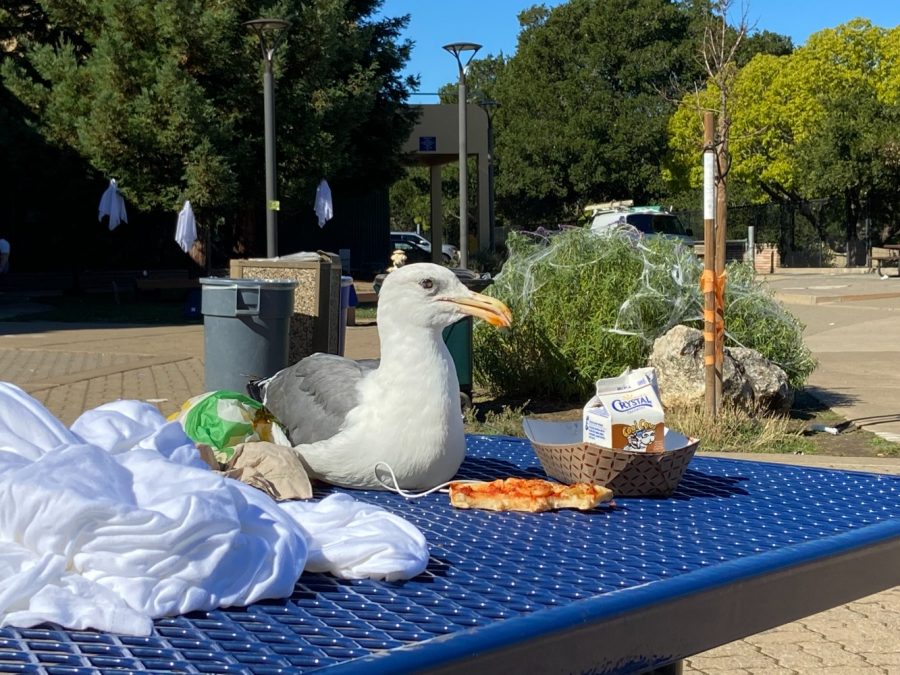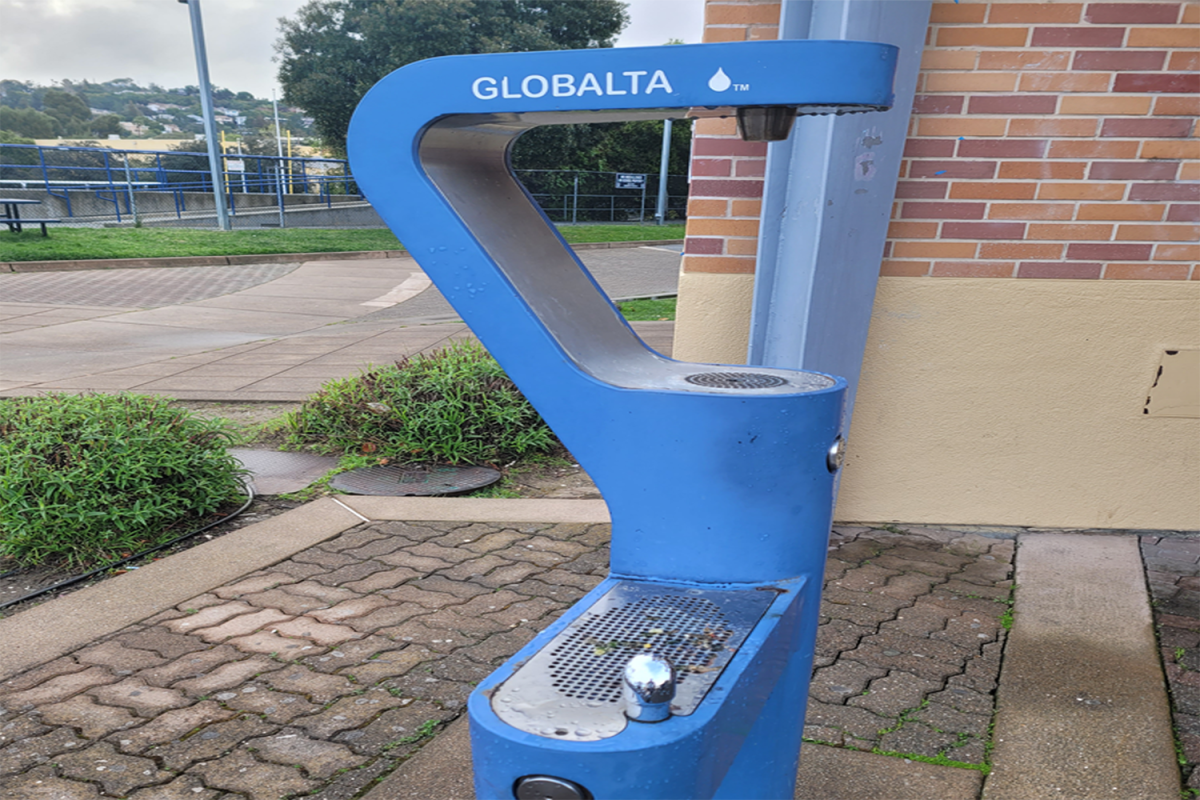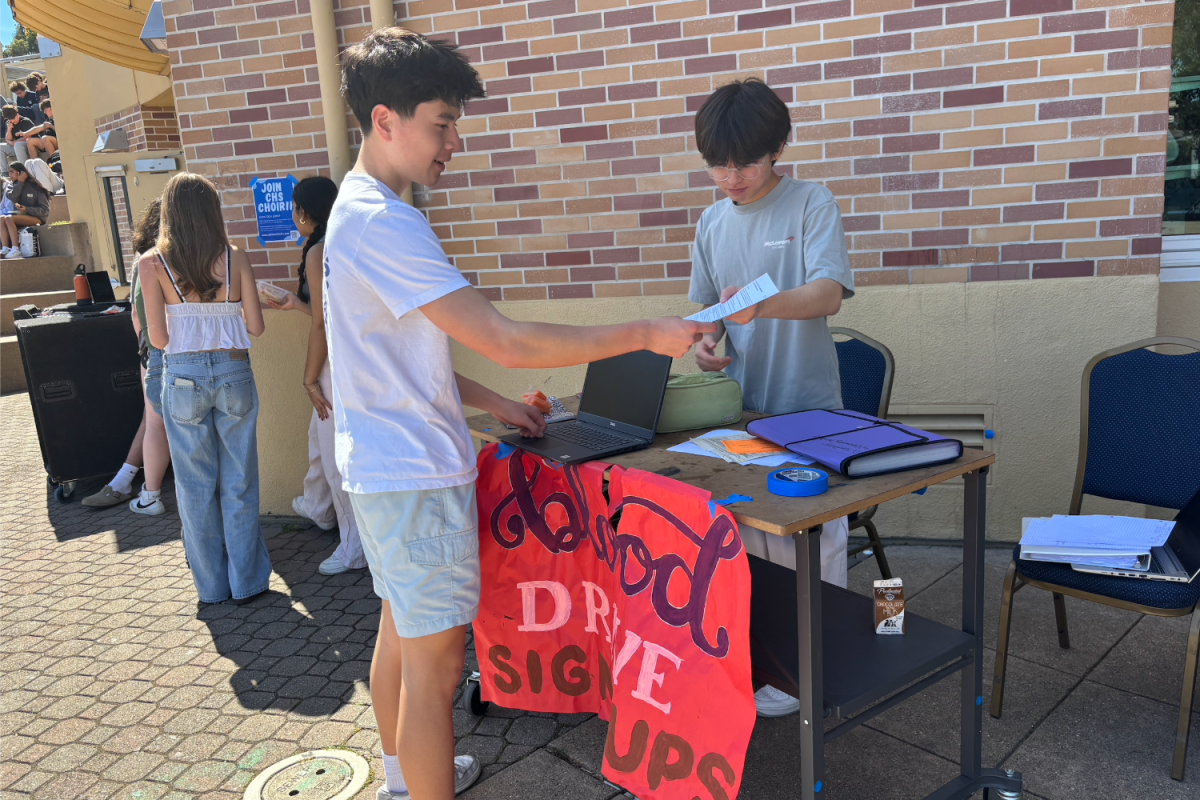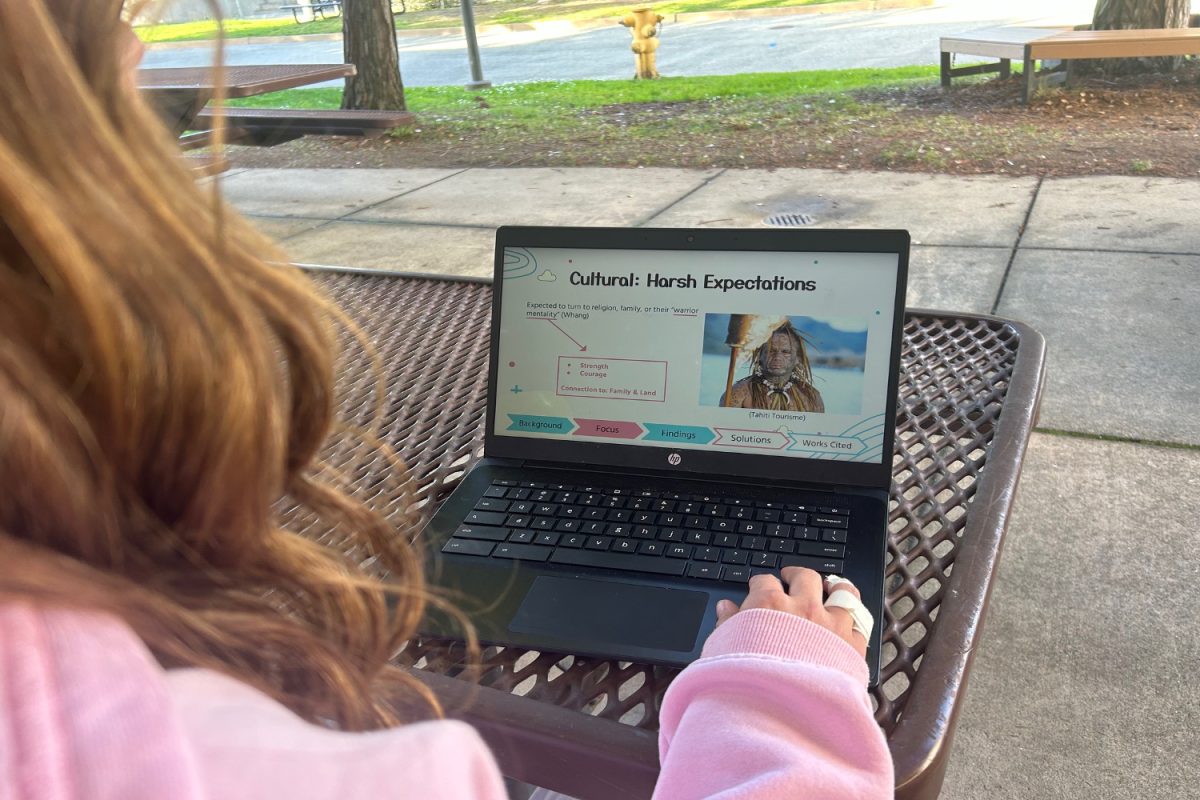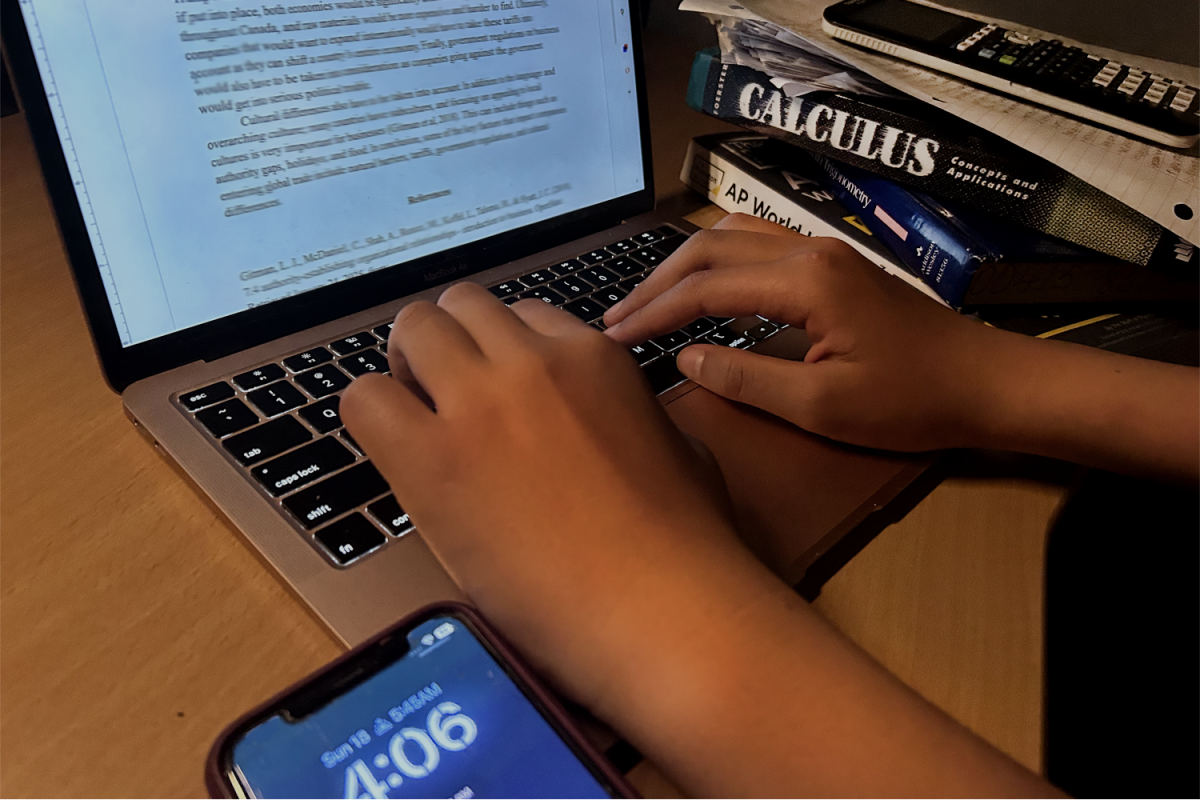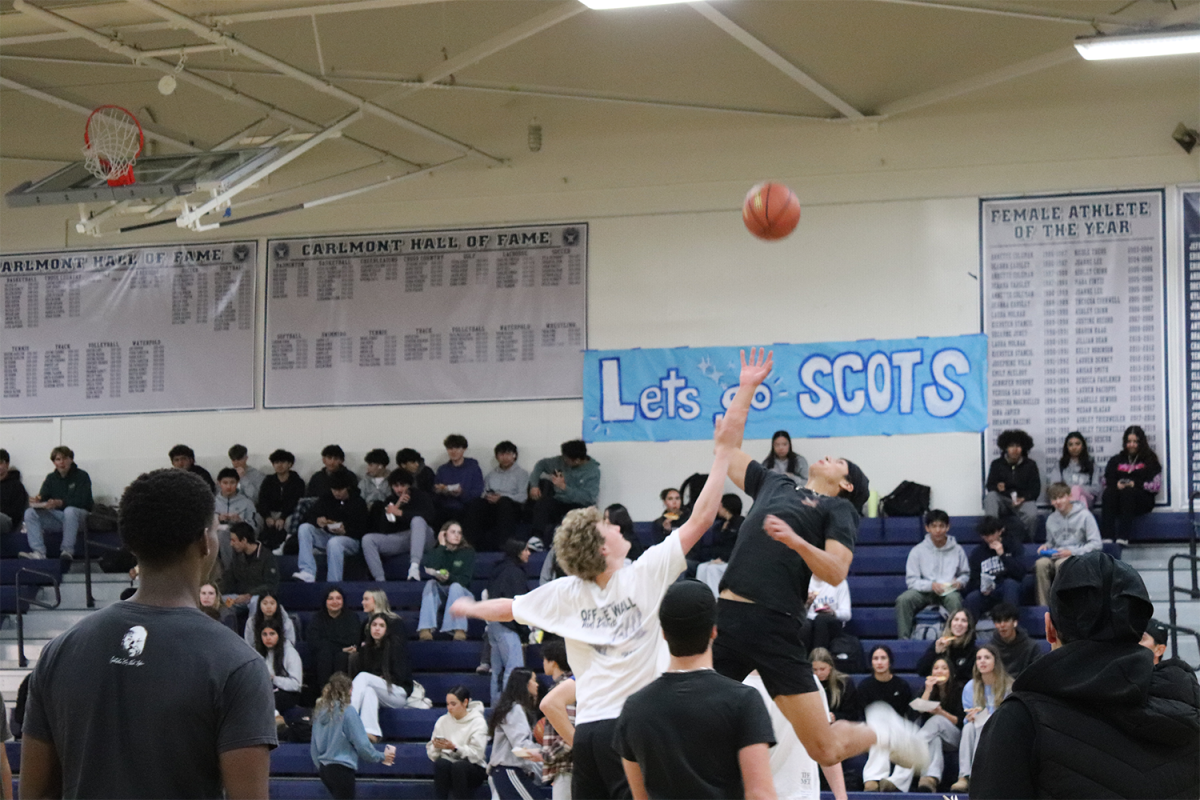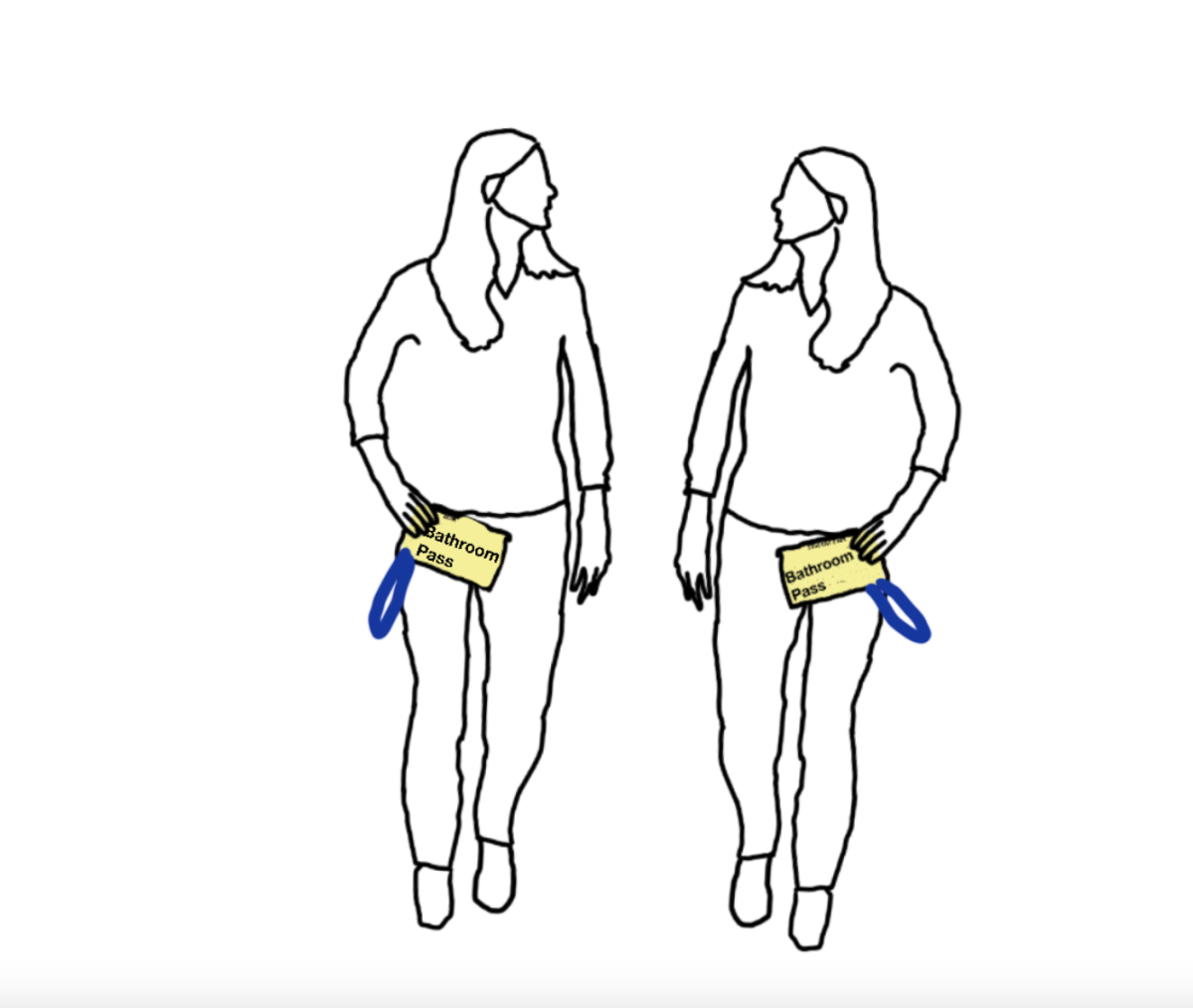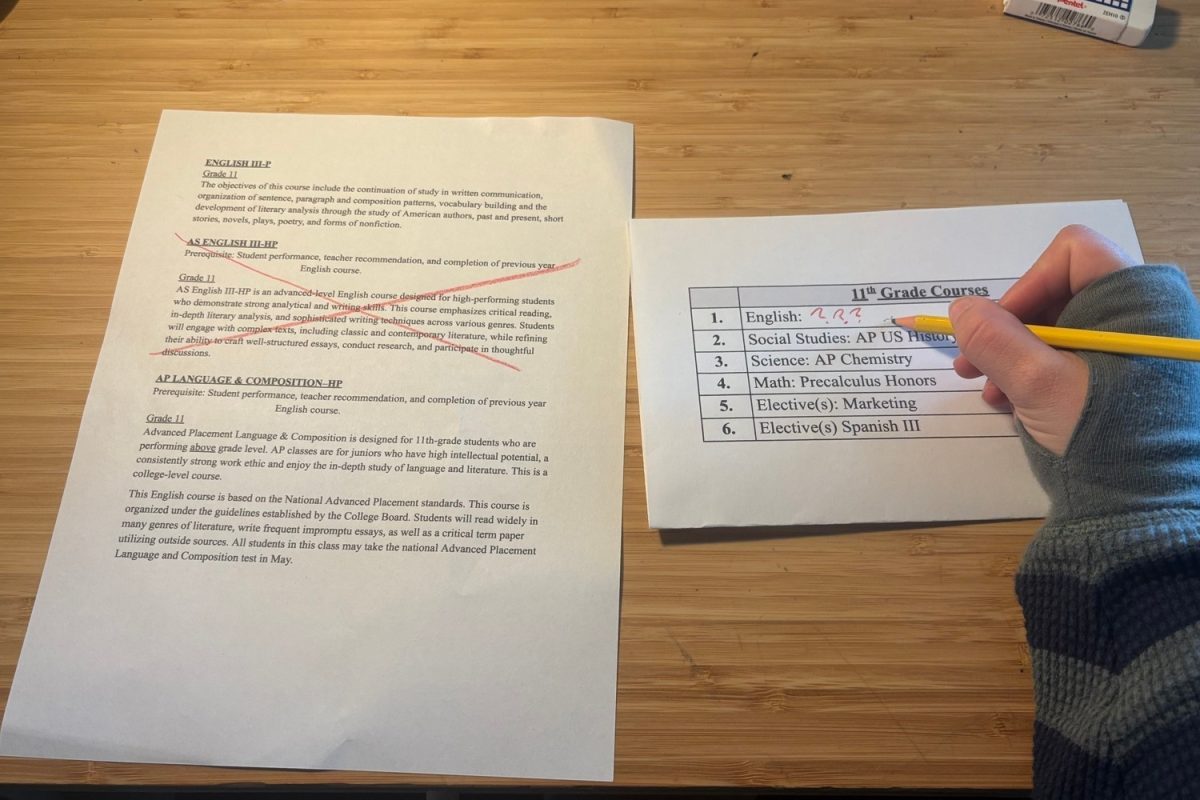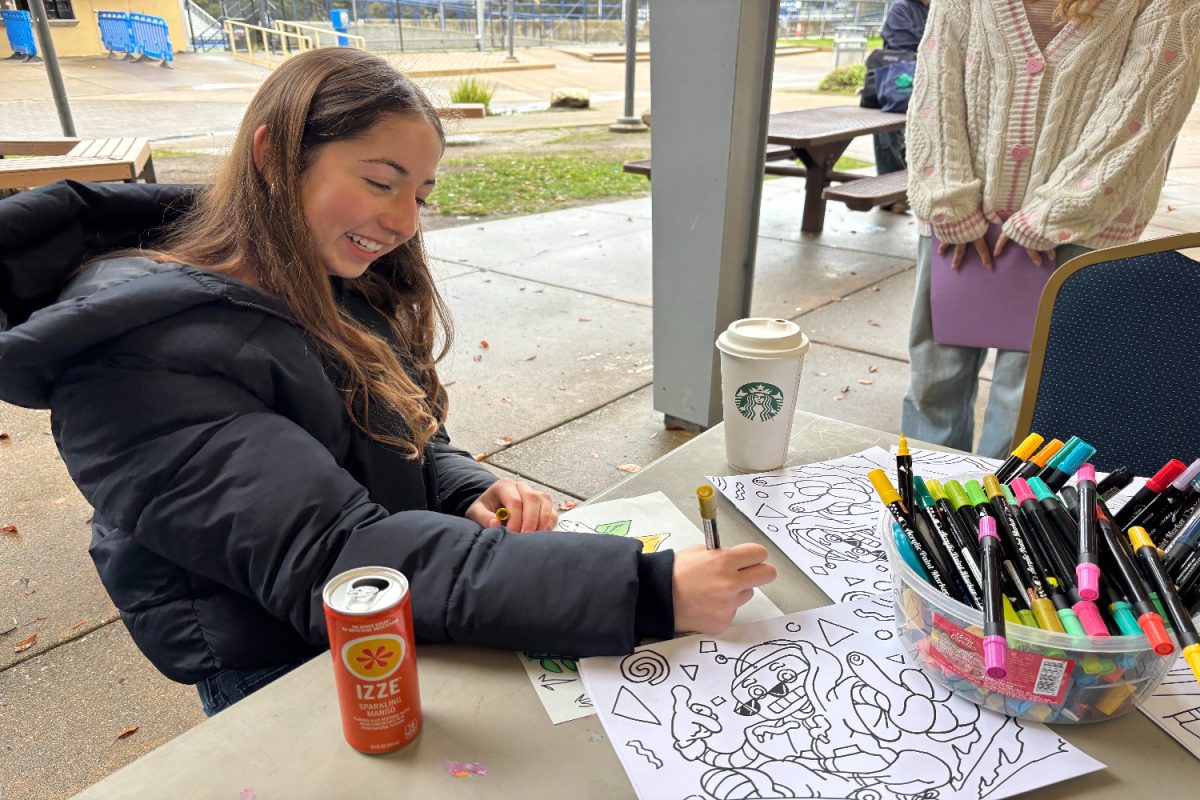As Carlmont welcomes back students to in-person learning, many have witnessed an increased amount of trash on campus become a part of the everyday landscape.
Every year Carlmont faces problems with trash on campus but this year is like no other.
“It has definitely gotten worse, out of the seven years I have worked here, this is the worst year,” said Jerome Clarke, the Plant Operations and Maintenance Manager at Carlmont.
The bulk of trash is typically located in common eating spaces for students such as the student union, quad, halls throughout campus, and the football bleachers, left behind after the lunch period.
“I think [the student’s] mentality is that it’s the janitor’s job, so they just leave it there,” Clarke said.
Many students lack the self-discipline to take care of their trash and avoid throwing it away, relying on the prospect of someone else picking it up for them.
“I mean I know it’s their job but like it’s just so disgusting, they shouldn’t be picking up the amount of trash that they do; It’s definitely not fair on the janitors and makes the campus look worse,” said Arya Musteata, a senior.
Since Carlmont began offering free school lunches, many students take advantage of the easy access to free food, and subsequently, leave their leftovers at the lunch tables or throw their trash on the ground.
“I feel like it’s very disrespectful towards the school, it just shows how ungrateful people are, especially since most of the trash around campus is food; I don’t think they value the importance and privilege that they have of being able to get free lunches,” said Chloe Chun, a sophomore.
The waste from these lunches not only litters the campus but also poses a threat to local wildlife. Located in the Belmont hills, Carlmont is home to a number of animals including deer, snakes, and many types of birds. These animals can consume remnants of plastic due to the food waste and their packaging surrounding parts of the campus.
“They eat all the plastic, all the bags, like anything that has food on it, they will eat it,” Clarke said.
When ingested by animals plastic can be extremely dangerous for wildlife, and can cause serious health problems, even possible death. If trash isn’t picked up, it doesn’t go away. According to Caddle, plastic bags, water bottles, and straws can take upwards of 450 years to decompose.
Over the years at Carlmont, Grant Steunenberg, one of the administrative vice principals (AVPs) has tried various methods of alerting students about the seriousness of leaving trash on campus through seminars, presentations from Recology, and simply talking to students who are caught in the act of leaving their trash behind.
While these methods appeared effective to begin with, the issue is still prevalent on campus.
Steunenberg has accepted that it’s challenging to educate students to be more mindful when it comes to trash, however, without a serious insistence on the effects of trash from the administration, it becomes evident that the issue will likely continue in the near future.
With students advocating for change on social media through photos of trash left at lunch spaces, it’s clear through the sheer amount of trash on campus that student mentalities must change in order to combat the issue. Preserving the wildlife community at Carlmont is critical in helping to sustain our environment.
“I’m not sure if there is any way to really inform people about how it’s bad for our environment to leave trash lying around, it’s a pretty basic concept, but I think for a lot of people they just feel like someone else will take care of it,” Steunenberg said.

